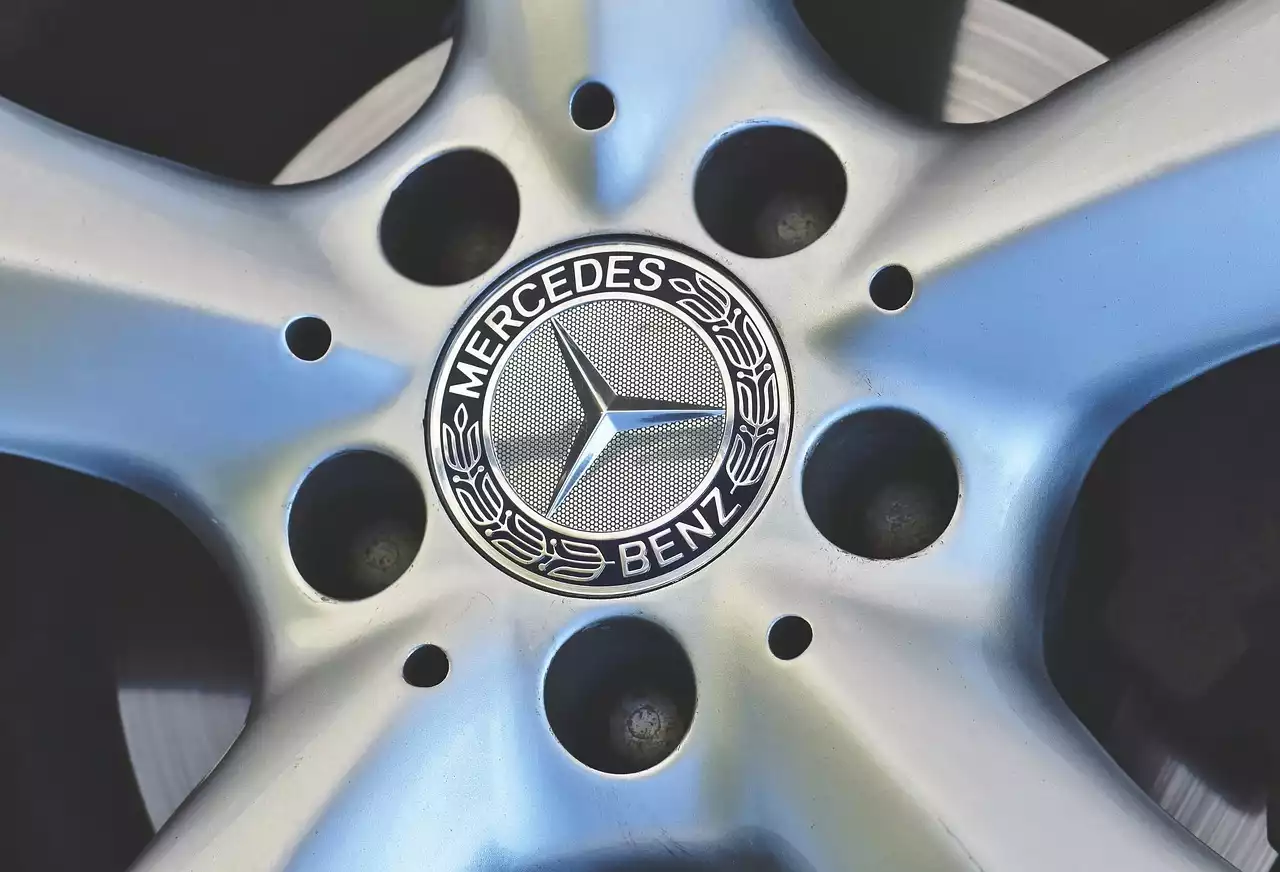Investing in commodities is a popular way for investors to gain exposure to the potential of growing demand for raw materials. From steel and gold to natural gas and crude oil, there are numerous options available. In this article, we’ll take a closer look at investing in the tin as a commodity investment. If you’re interested in investing in commodities, you must understand what they are, what they are used for, and how you can invest in them. Each of these investments comes with its level of risk and rewards. There are many ways to invest in commodities; some involve directly buying the physical goods while others involve purchasing exposure to them through an ETF, ETN, or mutual fund.
What is Tin?
Tin is a soft, malleable, ductile metallic element that is often found combined with minerals. It is a key component of various commodities, including steel and batteries, and is widely traded on commodity markets. There are two main types of tin: mined and recycled. Mined tin is a mineral found underground, while recycled tin is a byproduct of the production of other metals and is reprocessed to be used in new products. The largest producers of tin are China, Indonesia, Vietnam, and Brazil. The U.S. does not produce any tin. Consumption of tin is expected to be around 2.2 million tons per year through 2026. 90% of that demand is used in the manufacture of steel, making it a major industrial commodity. Most investment in tin comes through exchange-traded funds that track the price of the metal.
Why Invest in Tin?
Investing in tin offers exposure to the energy, construction, and transportation industries, as these are important users of metal. It’s also a fairly stable investment in times of economic uncertainty, making it a good choice for investors who are looking for a commodity with low risk and low volatility. Tin is also traded heavily, with around 3 million tons traded each year, making it a liquid and easy-to-trade commodity. This means that it’s easy to buy and sell, and you’re likely to have an easy time finding a buyer or seller when you need it.
How to Invest in Tin?
There are several ways to invest in the tin. The most common way is through an ETF or mutual fund that invests in the price of tin. Some ETNs offer exposure to the price of tin, but these are not mutual funds, and there are some key differences. If you want to buy the physical in itself, you can do so through a futures contract, option contract, or by purchasing shares in a company that mines tin. There are many different types of futures contracts that allow you to buy a certain amount of tin at a specific price at a specific time in the future.
Pros of Investing in Tin
- There are numerous ways to invest in tin, making it easy to find a strategy that works for you.
- It’s a highly liquid investment.
- It’s a relatively low-risk investment with a high chance of being profitable.
- It’s a stable investment during unstable economic times.
- It’s a good option if you want to invest in the construction or transportation industries.
- Tin is used in many industries and is an important raw material for many companies. Therefore, its demand is expected to remain strong over the long term.
- It is traded in many different commodities markets worldwide.
- It is relatively cheap to produce, so demand is expected to stay strong.
- It is traded in large quantities daily, so you can easily find enough liquidity to trade.
- Tin prices have proven to be highly volatile in the past, which means that there is potential for high profits if you get the timing right.
Cons of Investing in Tin
- Rising demand for tin may lead to increased prices and make it harder to profit from your investment. - It’s a volatile investment that can produce big swings in value.
- The construction and transportation industries are cyclical, making it harder to predict when you’ll see a payoff.
- There are many different ways to invest in tin, and each of them comes with its risks and rewards.
Final Words
Tin is a relatively stable and low-risk investment that offers a way to profit from the growth in demand for construction materials and transportation. It is also a liquid investment, making it easy to buy and sell. However, there are many different ways to invest in tin, and each comes with its risks and rewards. Make sure you understand how each investment works so you can choose the best one for your needs and risk level.


 Passively Managed Index Funds for Beginners
Passively Managed Index Funds for Beginners
 Investing in Preferred Stock is Very Popular
Investing in Preferred Stock is Very Popular
 Popular industries for part-time remote work
Popular industries for part-time remote work Steel is Always in Demand - Commodities
Steel is Always in Demand - Commodities Copper Commodity is Good in Your Portfolio
Copper Commodity is Good in Your Portfolio Commodities - Iron Ore is Directly Connected to Steel
Commodities - Iron Ore is Directly Connected to Steel Commodities - Investing in Industrial Metals
Commodities - Investing in Industrial Metals Commodities - Aluminum is an Essential Metal
Commodities - Aluminum is an Essential Metal